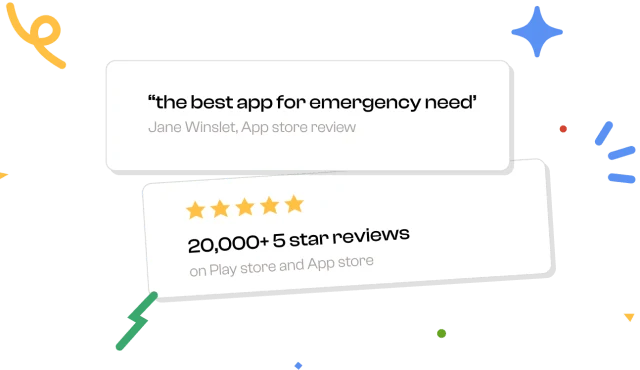Unexpected financial problems make quick cash access vital. One option is a cash advance on a Discover card. This allows cardholders to withdraw cash up to a limit at the bank, ATM, or credit union.
The Discover Card is popular among many users because of its cash advance program. However, users should consider the associated costs first. This article will discuss how to get a cash advance on a Discover Card, its costs, and critical details.
Understanding Cash Advances on Your Discover Card
A cash advance feature lets credit card holders withdraw money, usually from an ATM. This differs from typical card use, which involves taking cash instead of buying items. Discover card users can access a cash advance almost immediately.
Read related blogs: How to Get Cash Advance from Discover Card
How to Easily Get a Cash Advance on Your Discover Card: A Step-by-Step Guide
To conveniently take out cash off your Discover card, do this:
ATM Cash Advance
- Discover cardholders can use ATM locators for Discover-accepted ATMs.
- Please ensure your card has a PIN. If not, please log in to your Discover account and create one.
- Insert your card into the ATM.
- Type your PIN and select ‘Cash Advance.’
- Enter the amount and confirm the transaction. Note that fees usually apply.
Online Direct Deposit:
- You should log into the Discover account.
- Scroll to the ‘Manage’ section and select Cash Access.
- From there, you can have the cash advance credited to any checking account already linked to your account.
Read related blogs: Best Instant Cash Advance for Gig Workers In 2025
Important Considerations and Costs of a Cash Advance on a Discover Card
Cash advances come with additional costs:
Cash advances incur extra costs, including fees and higher interest rates.
Cash Advance Fees:
Discover specifies that a fee will be charged against the amount availed. For cash advances alone, this is $10 or 5%, whichever is the highest.
Higher Interest Rates:
Cash advance interest starts accruing immediately. It’s at a higher rate than for regular purchases.
ATM fee:
Many banks charge a fee for ATM cash withdrawals.
Alternatives to Using a Cash Advance on Your Discover Card
When looking for alternatives to a Discover cash advance, note these options:
Personal Loans:
Other options include bank Personal Loans. These loans have interest but offer fixed rates. Typically, they’re cheaper than cash advances.
Credit Cards:
Use cash-back cards for regular spending. This builds savings for emergencies.
Savings Transfers:
If you have a linked savings account, you can transfer money to your checking account and then withdraw it from an ATM.
How to Manage and Repay a Cash Advance on Your Discover Card
To manage and repay a cash advance on your Discover card, pay it off quickly to reduce immediate interest. Use a debit card or bank account for payments. Setting up automatic payments helps avoid missed due dates and extra fees. Also, paying more than the minimum reduces your balance faster and lowers total interest.
Conclusion
A cash advance from a Discover card can provide funds when credit or debit cards are not accepted. However, the fees must be justified before this option is chosen, and alternative solutions like personal loans or other financing methods should be considered.
For a cheaper solution, consider Beem. Its unique feature Everdraft™, offers cash advances up to $1,000 with low fees and no interest.
People Also Ask
What fees are involved with a cash advance on a Discover card?
The fee amount for cash advances when using Discover credit cards varies between 5% of the cash advance amount and $10, whatever is higher within the limits.
How can I avoid high interest rates on a cash advance from my Discover card?
The most efficient way to fight off high fees is to repay the cash advance in the shortest time possible. Unlike purchases made on credit cards, a cash advance has no days of grace; thus, the earlier the repayment is made, the less the amount of interest.
Are there limits on how much cash I can advance with a Discover card?
Discover sets a cash advance limit, usually lower than your total credit limit. Check your account online or your card statement for the exact limit.



















